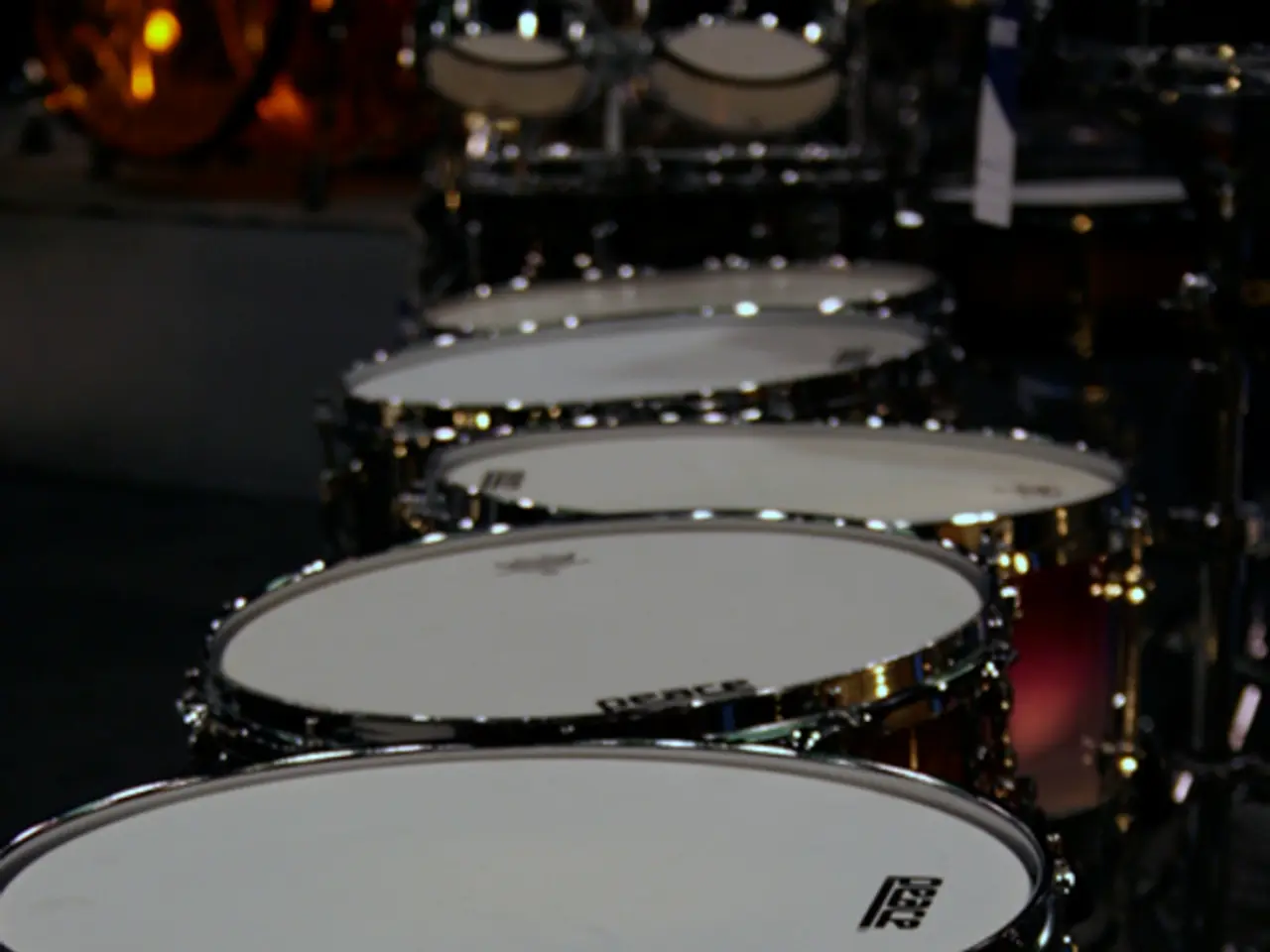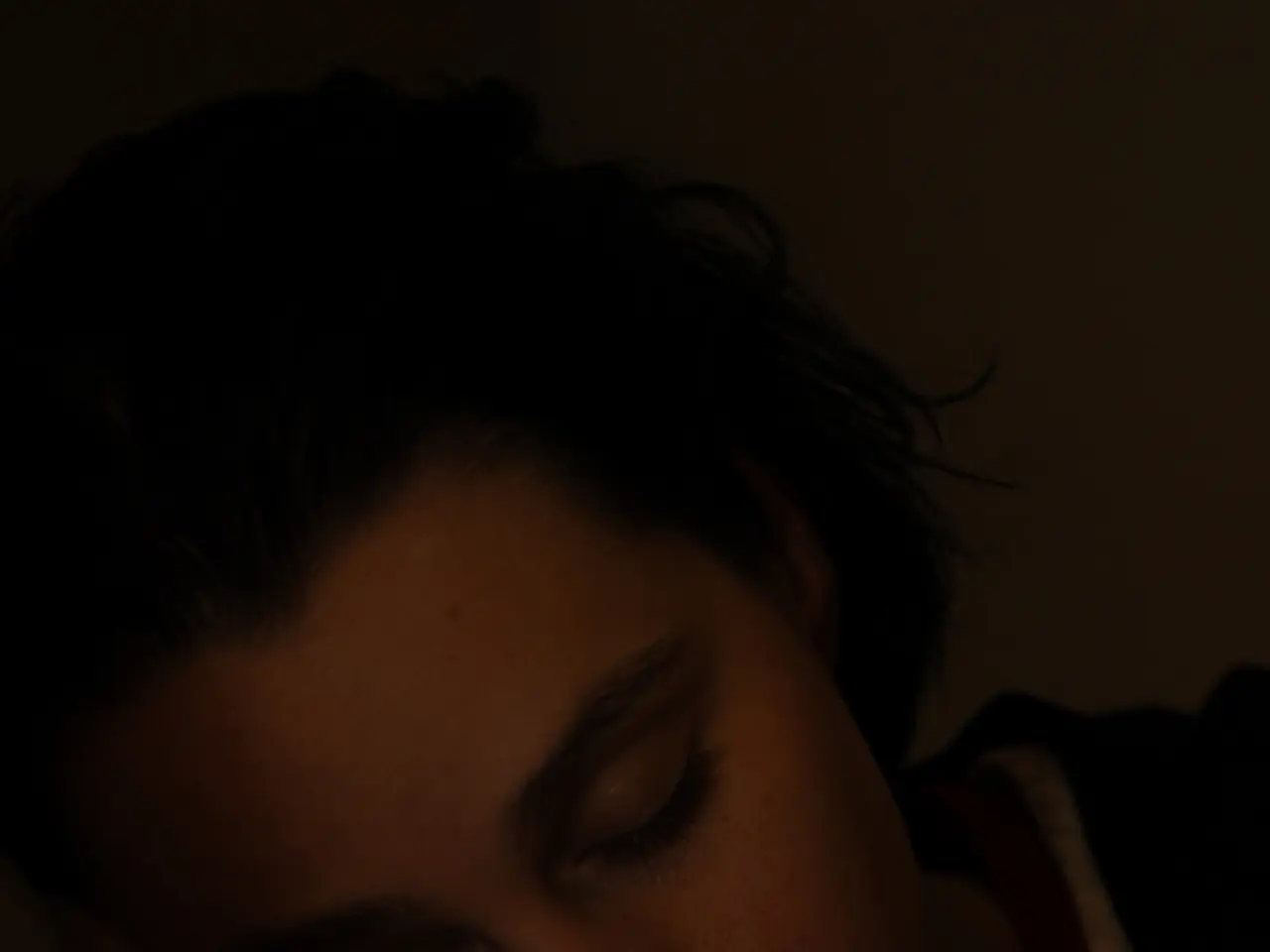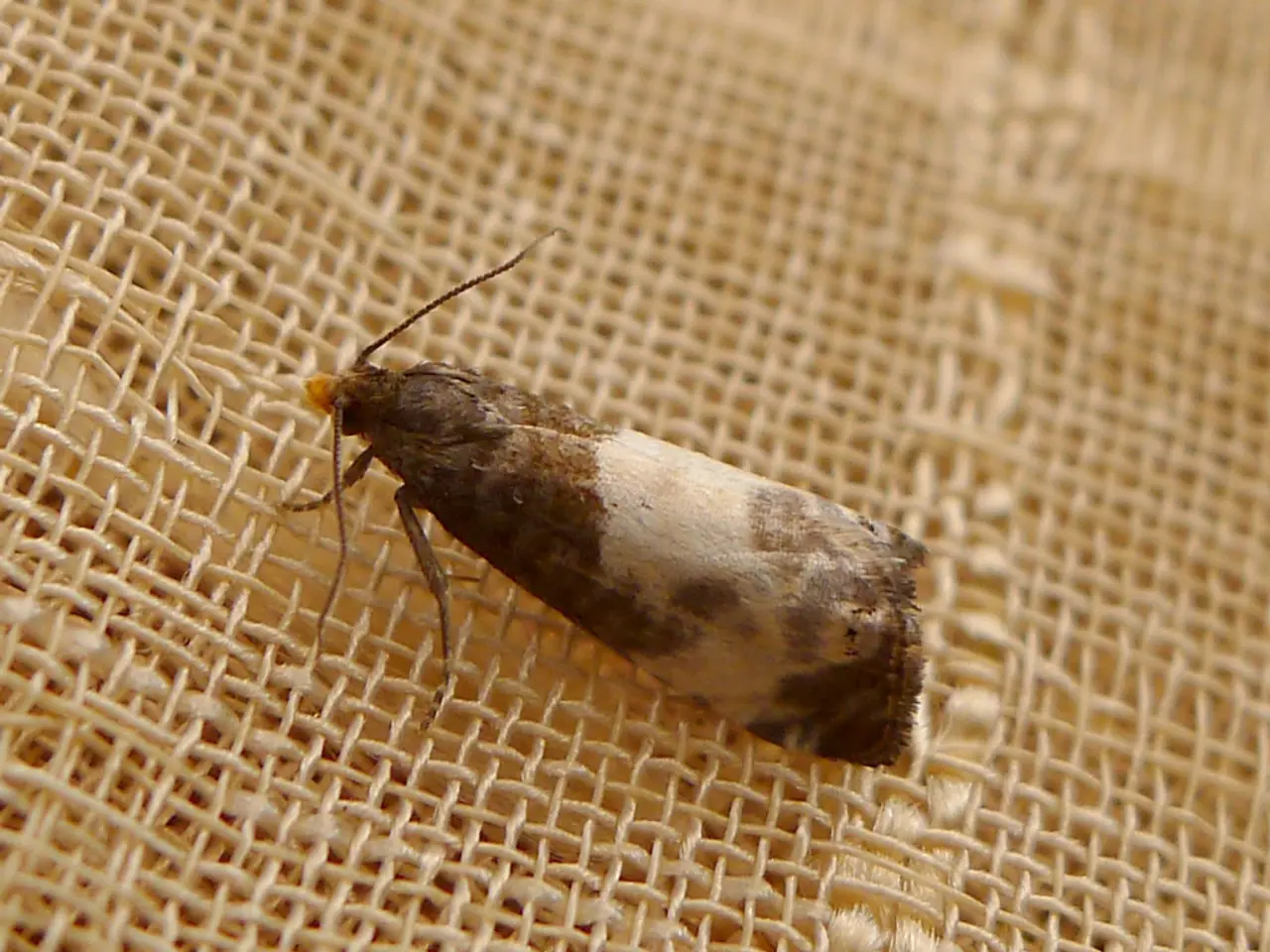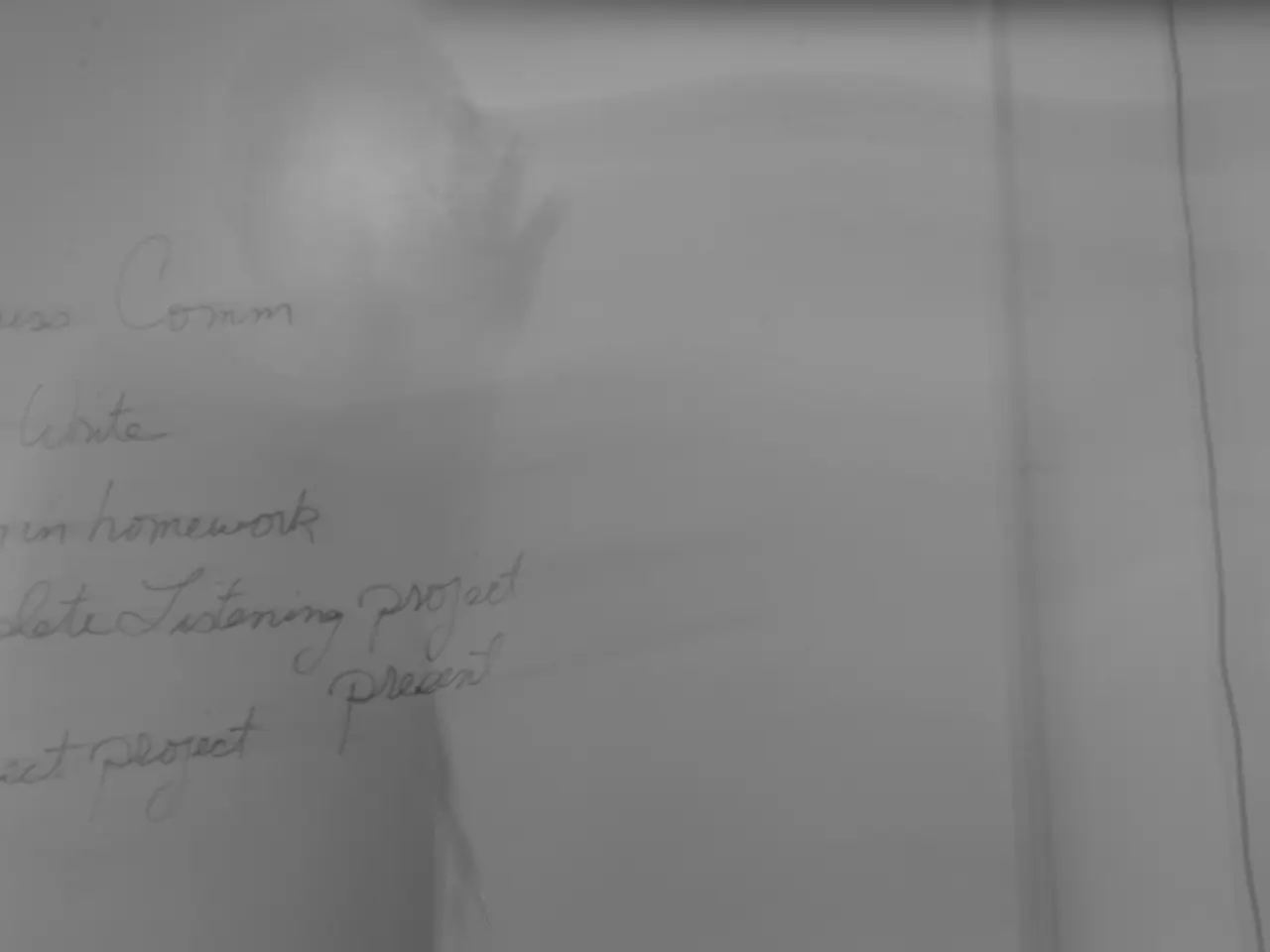Egyptian Medical Practices: Influences, Rituals, Sorcery, and Deity Involvements
### Unveiling the Ancient Egyptian Approach to Medicine
Delving into the rich history of human civilisation, we find the ancient Egyptians pioneering a sophisticated form of medicine that seamlessly intertwined empirical observation with spiritual and magical elements. Their early medical practices and remedies offer a fascinating glimpse into an era that predated modern medicine by thousands of years, yet displayed a remarkable understanding of anatomy, wound care, infection prevention, and the use of natural substances with medicinal properties.
#### Wound Care and Infection Prevention
Egyptian physicians were adept at treating wounds using a variety of materials, such as adhesive tape, gauze, or even fresh meat as dressings. They applied astringents, herbs, honey, and moldy bread to wounds to prevent infection and promote healing. Moldy bread, an early form of antibiotic, may have contained natural antibacterial agents similar to penicillin, predating modern antibiotics by millennia. Honey, another powerful antibacterial agent, was widely used, especially on burns[1].
#### Surgical Techniques
Ancient Egyptian doctors employed sutures to close wounds, and used bandages, splints, plaster, and tape to immobilize fractures and promote healing. Abscesses were incised and drained, and gold was sometimes used to bind teeth. The Edwin Smith Papyrus, an early surgical text, outlines a methodical examination and treatment of injuries, starting from the head and moving downward, demonstrating a rational, scientific approach[3][4].
#### Herbal and Natural Remedies
The Egyptians had an extensive pharmacopoeia that included herbal dressings, enemas, castor oil, aloe vera for skin diseases, and willow bark as a precursor to aspirin for pain relief. They combined herbs with minerals and other natural substances in their treatments[1][3][4].
#### Medical Knowledge and Training
Physicians were trained as scribes to read and interpret medical texts such as the Edwin Smith Papyrus and the Ebers Papyrus, which documented detailed anatomical knowledge including descriptions of the circulatory system and the heart’s function. Observation, diagnosis, and empirical experimentation were central to their practice[1][2][4].
#### Hygiene and Dental Care
Egyptians emphasized personal hygiene, bathing regularly, and developed toothpaste made of eggshells, ox hooves, and ashes, as well as toothbrushes and breath mints. They used cleansing creams instead of soap to maintain skin health[2].
#### Magical and Religious Elements
Despite their advanced scientific methods, Egyptian medicine was influenced by religious beliefs, with illnesses often attributed to divine punishment. Magical rituals, spells, and charms were used alongside practical treatments, reflecting their holistic approach to health[2][3].
#### Comparison to Modern Medicine
- **Empirical Basis:** Ancient Egyptian medicine was one of the earliest examples of evidence-based practice, using trial and error and careful observation without access to modern diagnostics like blood tests or imaging. This empirical approach laid foundations for rational medical methodology still valued today[1][3].
- **Antibiotics and Antiseptics:** Their use of moldy bread and honey as natural antibiotics and antiseptics parallels modern medical practices of infection control. Although they lacked purified antibiotics, these natural remedies were effective against infection, showcasing sophisticated empirical knowledge[1].
- **Surgical Care:** While limited by technology, their surgical techniques, use of sutures, and management of fractures resemble modern practices in principle, emphasizing wound closure, immobilization, and prevention of infection[3][4].
- **Pharmacology:** The use of herbal remedies like willow bark was an early form of pharmacology, analogous to modern drug development from natural sources.
- **Hygiene:** Their emphasis on hygiene and dental care aligns with modern understandings of disease prevention.
- **Limitations:** Unlike modern medicine, ancient Egyptian treatments included significant reliance on magical and religious practices, and lacked advanced diagnostics and pharmaceuticals.
In summary, ancient Egyptian medicine was remarkably advanced for its time, blending empirical observation, surgical skill, and natural remedies with religious elements. Many of their techniques, especially in wound care, infection control, and pharmacology, prefigure modern medical practices, though modern medicine benefits from advanced technology, standardized pharmaceuticals, and a purely scientific framework[1][2][3][4].
- The earliest ever record of a male physician was Hesy-Ra in 2700 B.C.E., and the first record of a female doctor was probably Peseshet in 2400 B.C.E. - The ancient Egyptians had early concepts of homeopathy, using products or herbs or plants that looked similar to the illness they were treating. - Ancient Egyptian medical literature, including the Ebers papyrus, is among the oldest in existence today.
[1] Kemp, Barry J. "The Ancient Egyptian Medical Texts." Journal of the American Medical Association, vol. 285, no. 12, 2001, pp. 1544-1546. [2] Morris, Ian. "The Ancient Egyptians." Oxford University Press, 2003. [3] Walker, John C. "Ancient Egyptian Medicine." Routledge, 2001. [4] James, Kenneth A. "Ancient Egyptian Medicine: A New Translation of the Edwin Smith Papyrus and Other Tractates." Princeton University Press, 1997.
- The ancient Egyptian approach to health-and-wellness included the use of predictive science, as indicated by the early concepts of homeopathy where they used products or herbs or plants that looked similar to the illness they were treating.
- In the realm of mental health, it's interesting to note that the ancient Egyptians sometimes attributed illnesses to depression, which suggests an early understanding of mental ailments, despite their approach being intertwined with spiritual and religious elements.
- The ancient Egyptians used aq, a type of natural substance, which had antibacterial properties, much like the modern antibiotic penicillin, in their predictive science of medicine for wound care and infection prevention.




